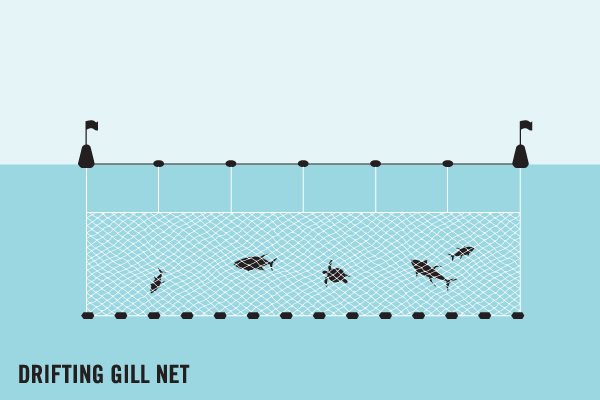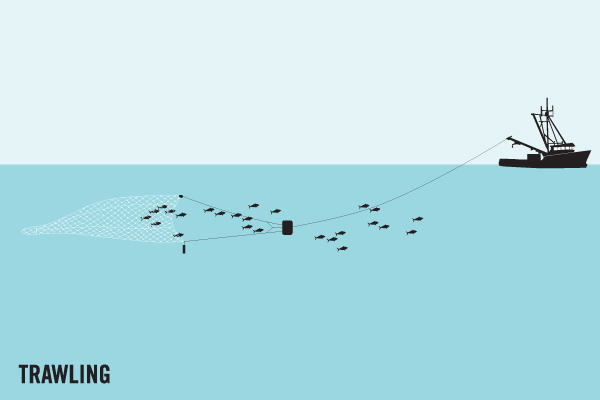Average Weight/Length
Other "Popular" Names for this Fish
Location Habitat
Biology & Physical Description
Life Cycle & Mating Behavior
Geographic Species Map (Fishbase.org Map)
|
|

|
Summary of Distribution: Worldwide in tropical and subtropical seas, but absent from the Mediterranean Sea. Highly migratory species |
|
Note: Distribution range colors indicate degree of suitability of habitat which can be interpreted as probabilities of occurrence (fishbase.org) |
|
Sport Fishing Techniques
|
|
Gill netsGill-nets are the dominant gear in the Indian Ocean. Gill-nets are used in artisanal and semi-industrial fisheries, contributing to 30-40% of the total catch. The net design is comprised of continuous panels of uniform mesh size, aimed to trap fish behind the gills. The International Sustainable Seafood Foundation (ISSF) notes that rates of sharks and turtle by-catch in Indian Ocean gill-net fisheries are high.. |
|
|
|
River DriftRiver Drift means to use the.... |
|
|
|
TrawlingTrawling is when.... |
|
Commercial Fishing Techniques
|
|
Pelagic LonglineThis fishery uses a longline to catch a variety of pelagic fish on the high seas such as tuna and swordfish. A deep-set longline is used to primarily target tuna and a shallow-set longline is used to target swordfish or mixed species including bigeye, Albacore and yellowfin tuna. Baited hooks are attached to a line that floats in the ocean using buoys and flagpoles. |
|
Tackle & Baits
Game Rating
Game Rating : 10/10
Game Description :
Second only to Bluefin Tuna, and only because of smaller size.
Food Rating
Game Rating : 10/10
Game Description :
One of the best. Nutritional Facts by Serving Size: 100g / 3.5oz (raw) Calories 130 Fat Calories 10 Total Fat 1g Saturated Fat 0g Cholesterol 40mg Sodium 90mg Protein 30g Omega-3 350mg
Picture (Fish)
|
|
|
|
|
|
|
|
|
Picture Mount
|
|
|
|
|
|




















 Yellowfin Tuna
Yellowfin Tuna 















